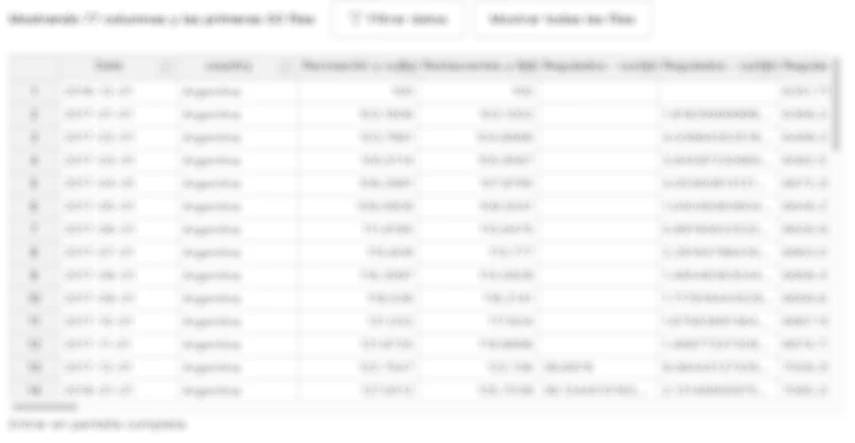HALF Index (Land Use) - Alexander et al. (2016)
Published byalphacastinOur World In Data (OWID)
Last update 2023-03-04
Dataset Information
Data available from 2011-01-01 to 2011-01-01- Source: Our World In Data
This data is based on the published work of Alexander et al. (2016). Human appropriation of land for food: The role of diet. Full reference below.
The authors calculate the HALF (Human appropriation of land for food) index, which measures the percentage of total land area we would need for the global population to consume the average diet of any given country. This is based on population and dietary figures from FAO 2011 data.
OWID have re-calculated these figures as the percentage of habitable land area (rather than total land area). This corrects for land which is either barren or glacial land and could not be used for agriculture or other land uses. To correct for this factor, we have assumed that 71% of total land area as habitable (with 10% glaciers and 19% barren land); figures based on WWF (2016). Living Planet Report 2016....

Access all the content on Alphacast
Create a free account to access more than 4,500 datasets from over 350 sources, structured and ready to use.